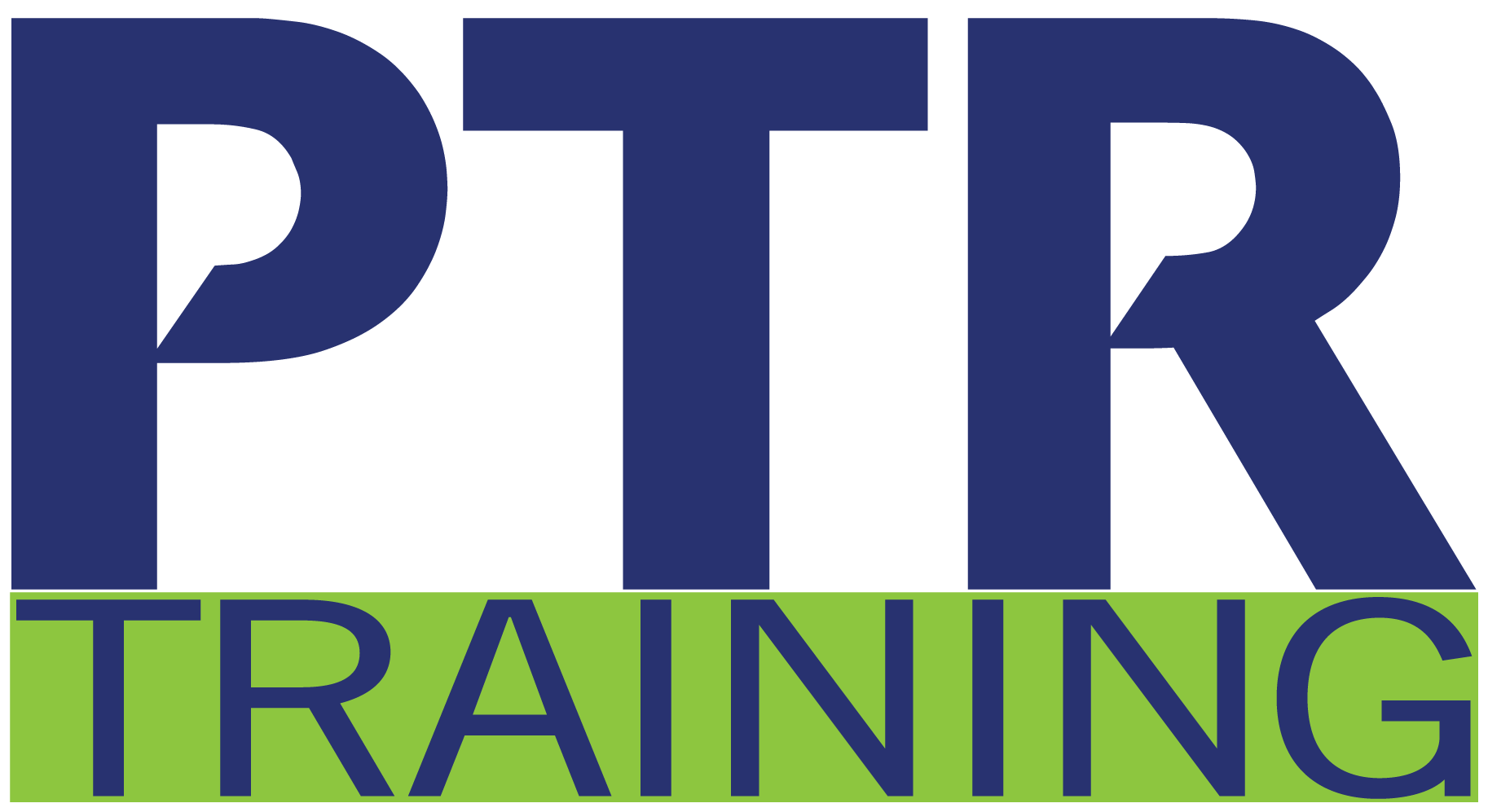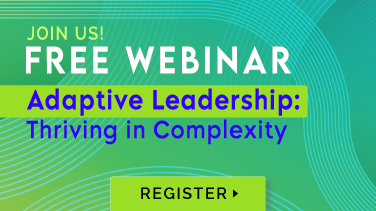By becoming a better listener, you can vastly improve your relationships and productivity. In this engaging 1-day course, you learn how to improve your ability to influence, persuade, and negotiate. You'll learn how to avoid conflict and misunderstandings and identify the true meaning behind the message.
Learning Objectives »
- Differentiate between hearing and listening.
- Improve listening skills and habits.
- Identify key elements of listening.
- Explore listening styles and attitudes.
- Apply the levels of listening.
- Recognize the value of active listening.
- Identify fact versus inference.
- Summarize and relay what you hear.
- Apply guidelines for critical listening.
- Ask questions for clarification.
- Close the loop with effective feedback.
Course Agenda
Understanding Communication
- Model of Communication
- Reducing the Noise
Becoming a Better Listener
- Assess Your Listening Skills
- Listening Styles
- Elements of Listening
- Levels of Listening
- Active Listening Skills
Progressive Listening
- Critical Listening
- Fact vs. Inference
- Summarizing
- Questioning and Clarifying
- Feedback – Closing the Loop



